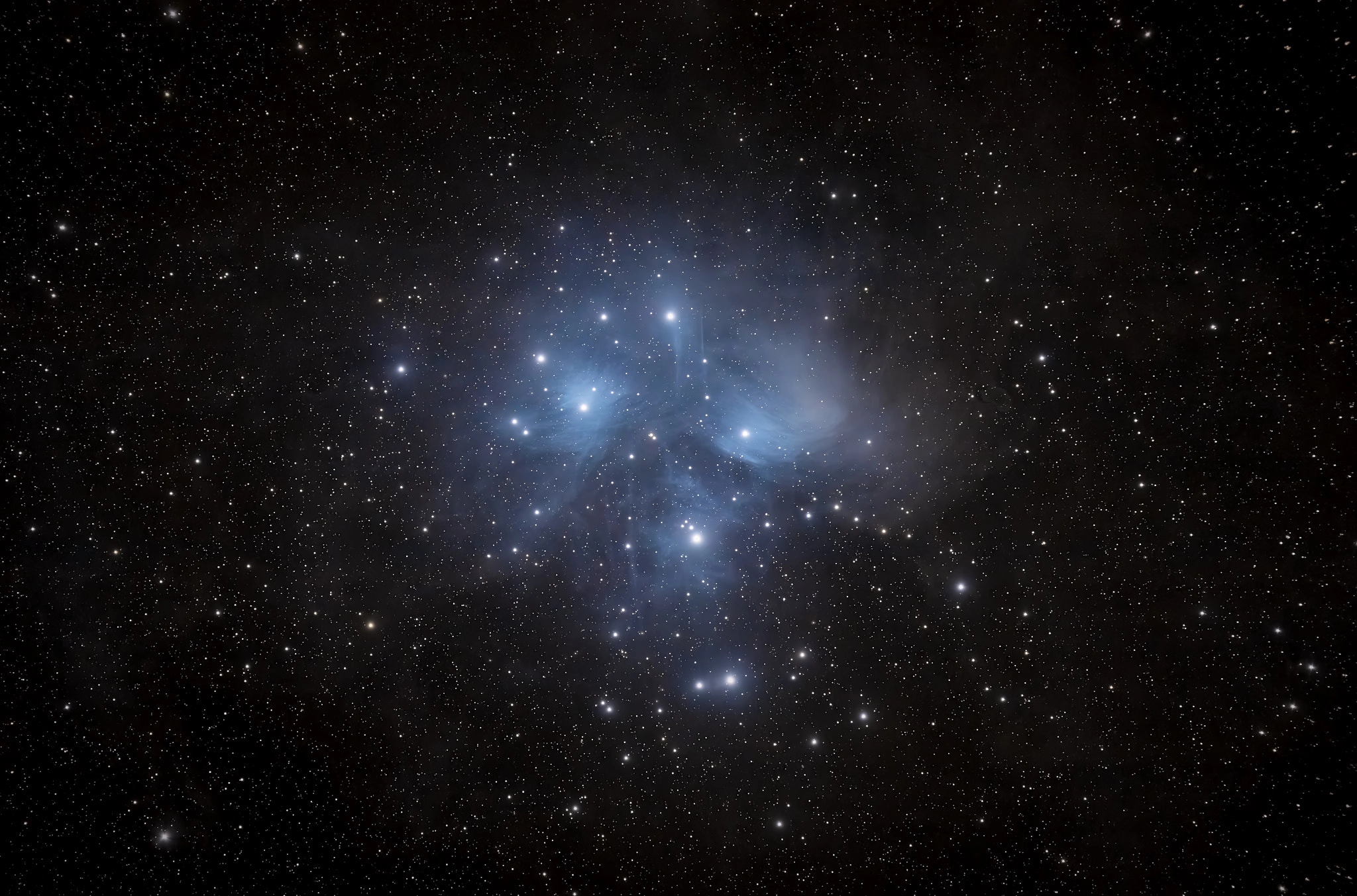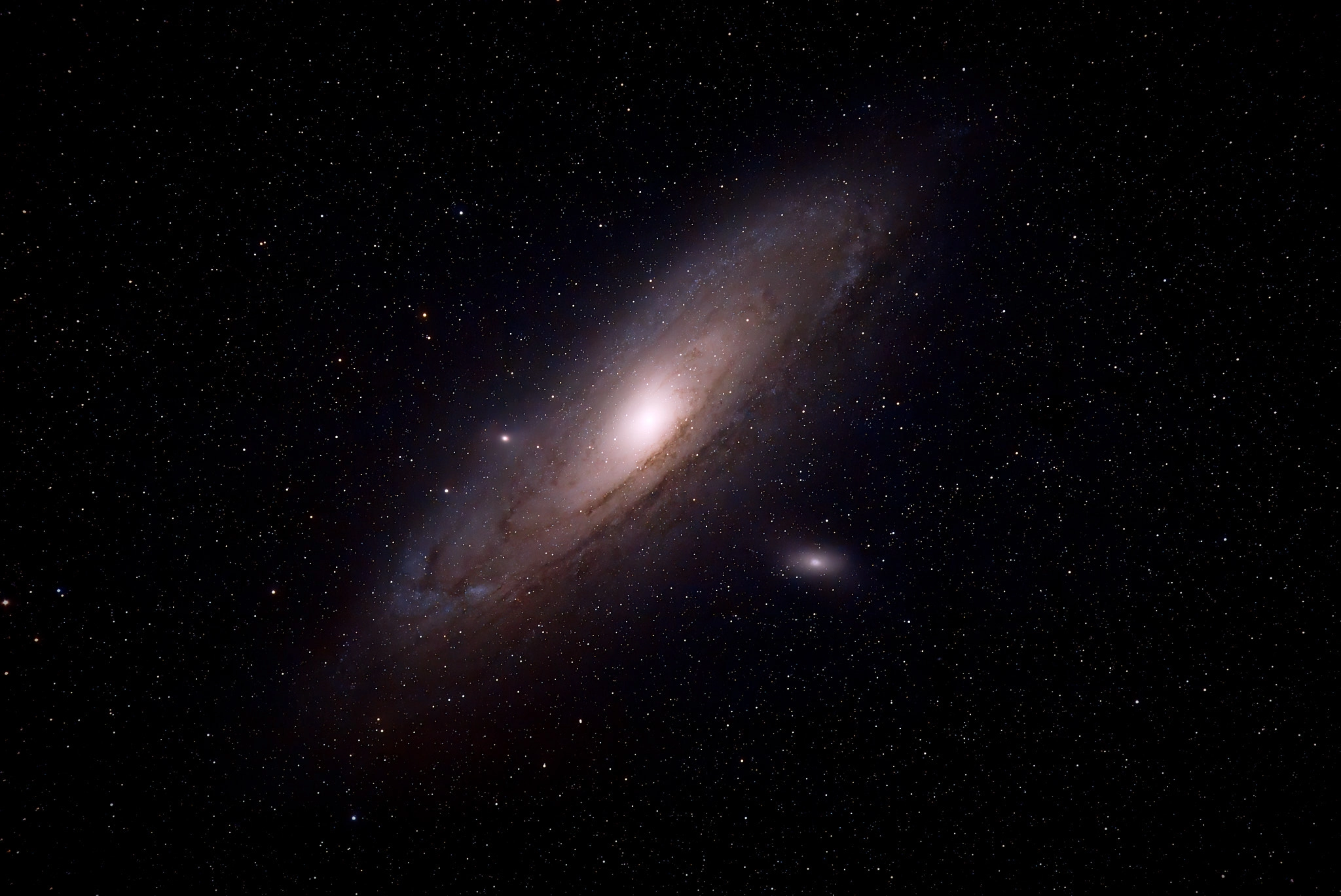After my experiments with a lighterweight astrophotography setup ended in a bit of failure, I’ve gone back to a fairly tried-and-true setup for myself:
- Orion SkyViewPro computerized German Equatorial Mount
- Orion ED80 APO 80mm refractor
- Orion StarShoot Autoguider
- Sky-Watcher 0.85 focal reducer for ED80
I’ve been able to control the telescope and autoguider from a computer (both using laptop and a Raspberry Pi attached to the telescope), but where I’ve struggled in the recent past is in controlling my Fujifilm cameras from that same computer. I would usually use the built-in interval timer separately on the camera.
This has a few disadavantages, first that I can’t check progress, tracking, whether any obstructions have gotten into the frame, etc while the timer is running. Before I switched to Fujifilm cameras, I would use BackyardEOS with my Canon DSLR to control my exposures. It had the added bonus of being able to use the laptop screen to frame, preview, and focus, which works much better than the back screen on any camera.
So, what I decided to do was pick up a second-hand Canon 6D Mark II to dedicate to astrophotography and go back to using BackyardEOS. A dedicated camera I can also get modified for Hydrogen-alpha. This made me happy.
So, I tried to take some photos of a couple easy targets this time of year to see how things go:


Things went well.
The software stack I’m using is, in macOS, PHD2 for autoguiding and SkySafari 6 Pro for controling the telescope; in a Windows VM, BackyardEOS, set up to drizzle with PHD2. For post-processing I’m using Siril and then importing into Capture One for my regular photo workflow.
This worked really well. I have some new targets in mind for the next clear night.